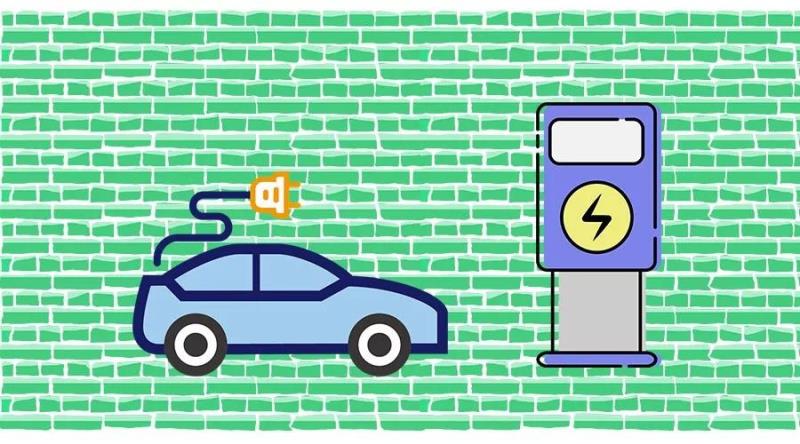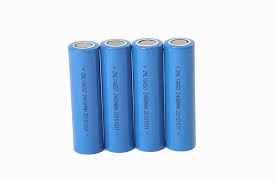Social Impact of Lithium Ion Batteries
Oct 14, 2019 Pageview:2781
Do you know what connects the battery of your smartphones to the dead yak floating in a Tibetan river? The answer is Lithium! This is the reactive metal that provides our laptops, phones, tablets, and even electric cars with the power they need to work.
In May of 2016, there were hundreds of protesters throwing dead fishes in the streets of Tagong, a town on the east of the Tibetan plateau. These dead fishes had been floating on the Liqi River. There was a toxic chemical spillage from the lithium mine at Ganzizhou Rongda and this has caused serious havoc on the ecosystem in that area.
There were images of dead fish (in their numbers) floating on the water surface. Witnesses also reported seeing various carcasses of cows and yaks as they floated downstream. Reason being that they drank contaminated water from the various water bodies around. That happened to be the third of similar incidents within seven years in the region which has seen a significant increase in mining activities. And these include the activities of the world's largest supplier of lithium-ion batteries for smartphones and cars, operated by BYD. After the second occurrence in 2013, the mine was closed by the officials, but it was reopened in April 2016, and then, the loss of the fishes started again.
What is the social impact of lithium-ion batteries?
The rapid growth of lithium-ion batteries in several industries especially the transport and IT sectors have been fueled by the demand for technologies that can reduce CO2 emissions and cut energy consumption. Although this seems like a victory for us all, there is a dark side that may change the perception of consumers with an ethical mindset, and bring significant risk to the reputation of the various battery brands.
An analysis of the cobalt and lithium production used in the making of these batteries gives us a clear picture of a sector facing problems such as modern slavery, child labor, as well as an undermining of water and land rights.
The demand for each of these raw materials can only increase, and significantly too. Wood Mackenzie, Verisk Maplecroft’s sister company have predicted that by 2024, the demand for lithium will double to about 380 LCE kt (which is equivalent to 1,000 metric tons of lithium carbonate). This significant increase will be a result of the increase in electric vehicle production.
As a result, IT and automotive companies should be aware of the potential risks associated with buying cobalt and lithium from the key producing countries like the Democratic Republic of Congo and Argentina. Otherwise, they may suffer significant reputational damage as a result of their links to human rights abuses and, in some extreme cases, they may face regulatory sanctions from the new legislative measures being taking to address the series of issues as they arise.
Are lithium-ion batteries toxic?
Batteries are quite safe, but you must exercise a good measure of caution when handling damaged cells or lead-acid systems because of the lead and sulfuric acid. In many countries, lead is rightly classified as a hazardous material. Lead can be very dangerous if not handled properly.
Also, lithium-ion can be benign. While the toxic material in the battery is only small, it is, however, important that care is taken when working with a damaged battery. Do not touch your mouth, your eyes or your nose when you’re handling spilled batteries. Ensure you wash your hands very well too, immediately you touch these.
Keep these batteries, no matter how big or small out of the reach of children. Children under the age of four are more likely to swallow batteries, and the most frequently swallowed types are button cells. In the United States alone, more than 2,800 emergency cases of children are brought to the emergency room every year, because the kids swallowed button cells.
According to a report in 2015, serious injuries and deaths were arising from the swallowing of batteries, and the numbers have increased nine times in the last ten years.
The batteries often get stuck in the esophagus of the person who swallows it. Unfortunately, the water or saliva in this area generates an electric current which can trigger a chemical reaction that produces hydroxide, a corrosive ion that causes severe burns in surrounding tissues. Doctors may misdiagnose the symptoms accompanying this issue, which may include fever, loss of appetite, vomiting, and even fatigue. Although there may not be permanent damage to the digestive tract of the person, it is however advised for parents to be careful of the toys they buy for their kids. They should also ensure to keep small batteries away from their kids.
Benefits and social sustainability of lithium-ion batteries.
Renewable and clean sources of energy are necessary for creating a sustainable society. They must be used to displace the current reliance on the more problematic energy sources like oil, uranium and natural gas. Like you already know, the problem with these renewable energy sources is that they may not be readily available at the time when they are needed the most. The production of energy from these sources to a large extent depends on various environmental conditions. Wind energy, for instance, is used when there are wind and the creation and use of solar energy depends on sunlight.
These challenges require the creation of a storage solution like the lithium-ion batteries we use today. They allow us to store renewable energy until a time when they are most needed.
Environmentalists are asking researchers to find new and less invasive ways to power the batteries needed to sustain renewable energy to power the energy revolution the world needs. However, this on its own also has its dangers. There can be no total assurance that a source of replacement, even if it generates far fewer emissions is more environmentally friendly. There is no guarantee that even such will not harm the atmosphere by other means, like through labor intensity or transportation. So in as much as batteries are very important, there is a need to be responsible for its production and care of the workers.
- Prev Article: Lipo Battery Puffing Cause
- Next Article: Lithium Ion Battery Formation Process
Leave Message
Hottest Categories
-
Hottest Industry News
-
Latest Industry News











